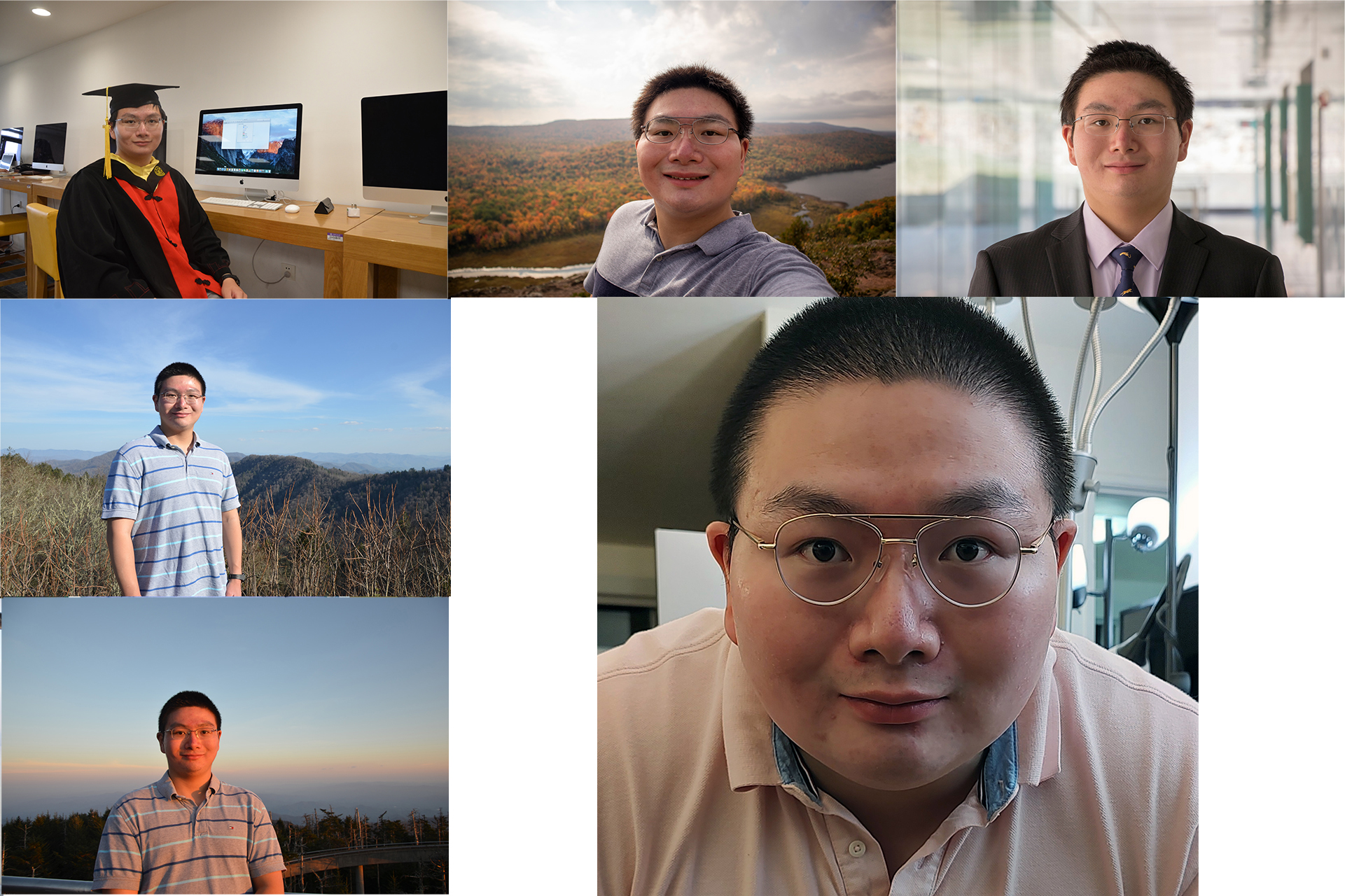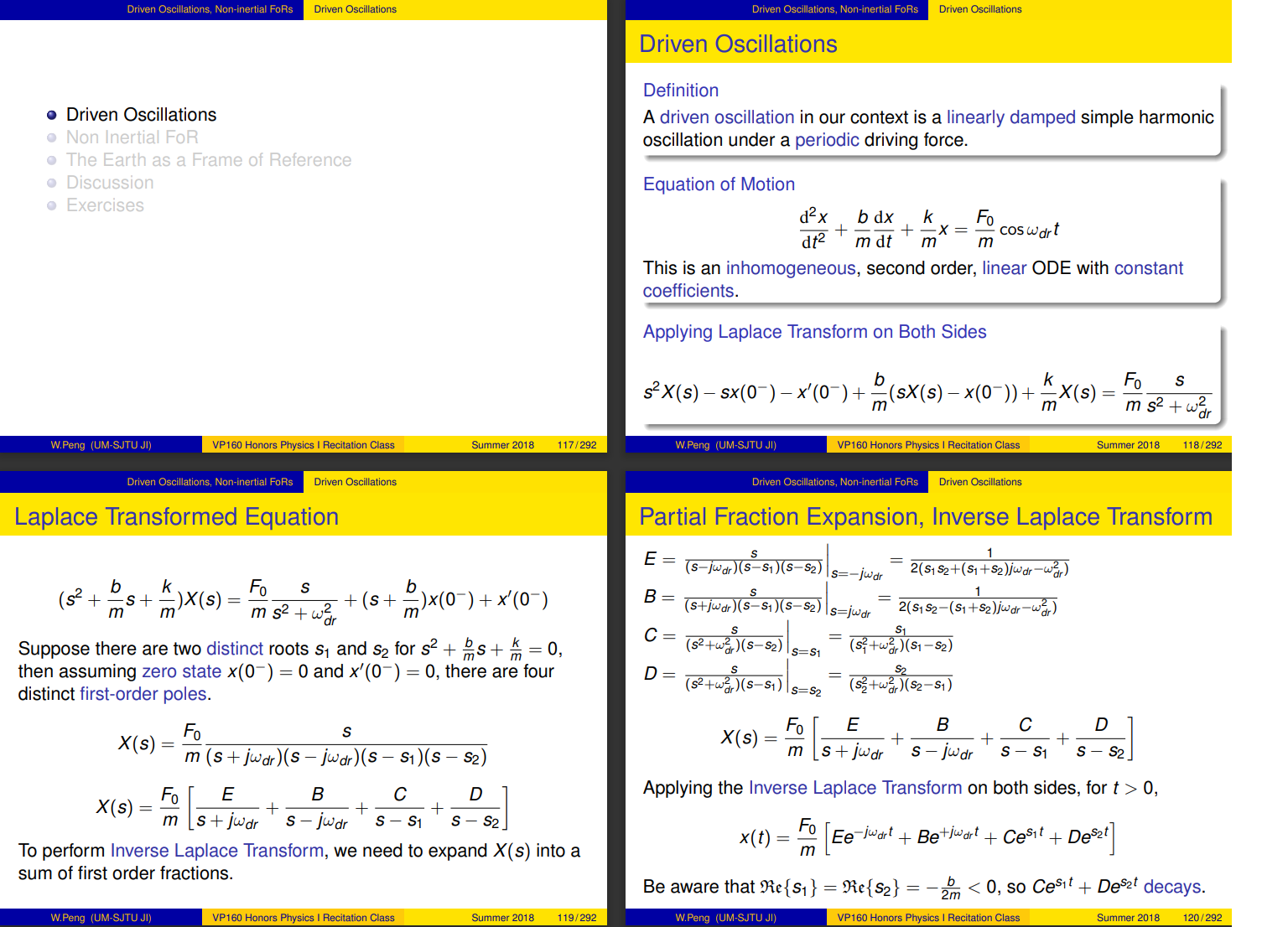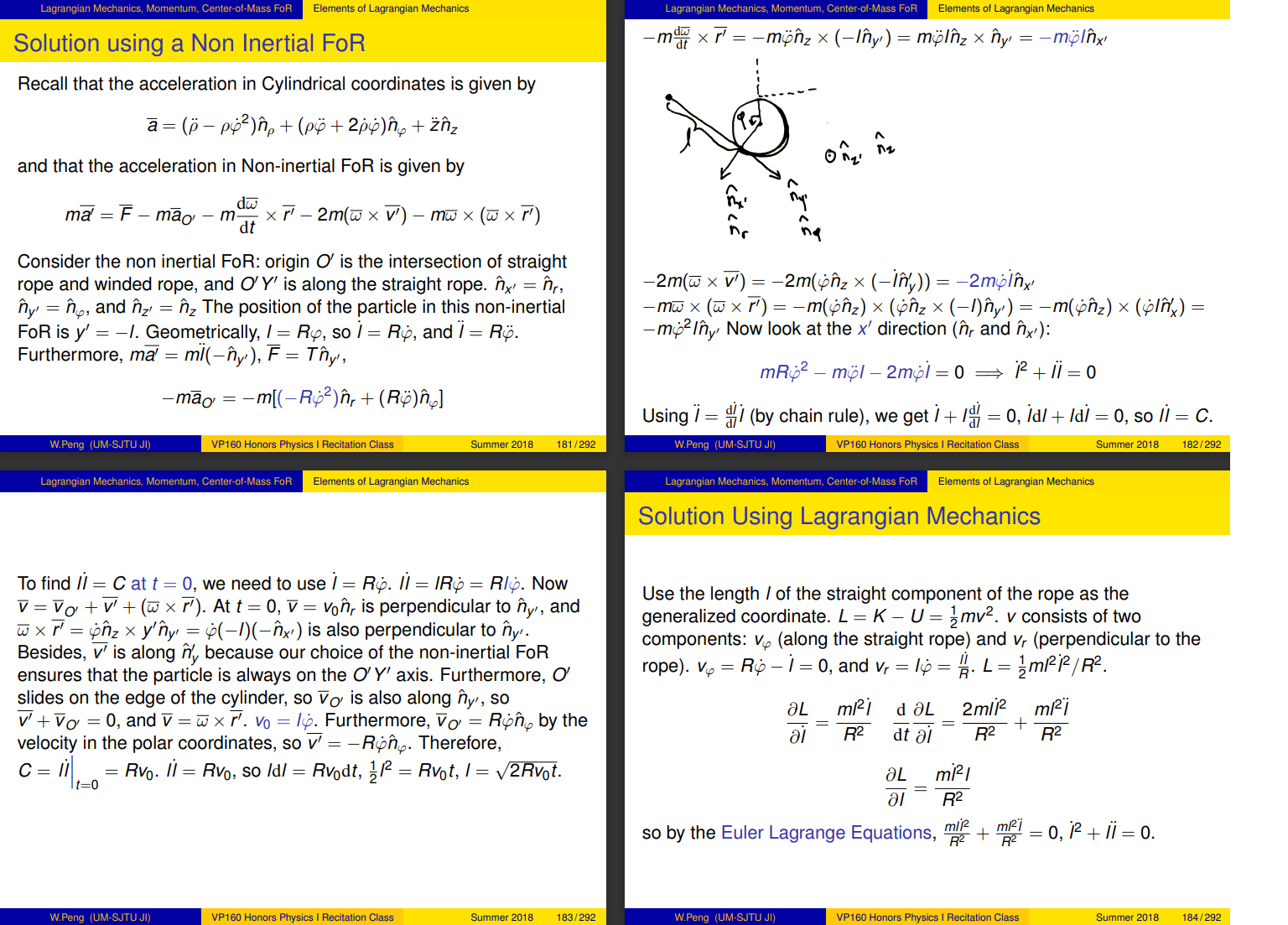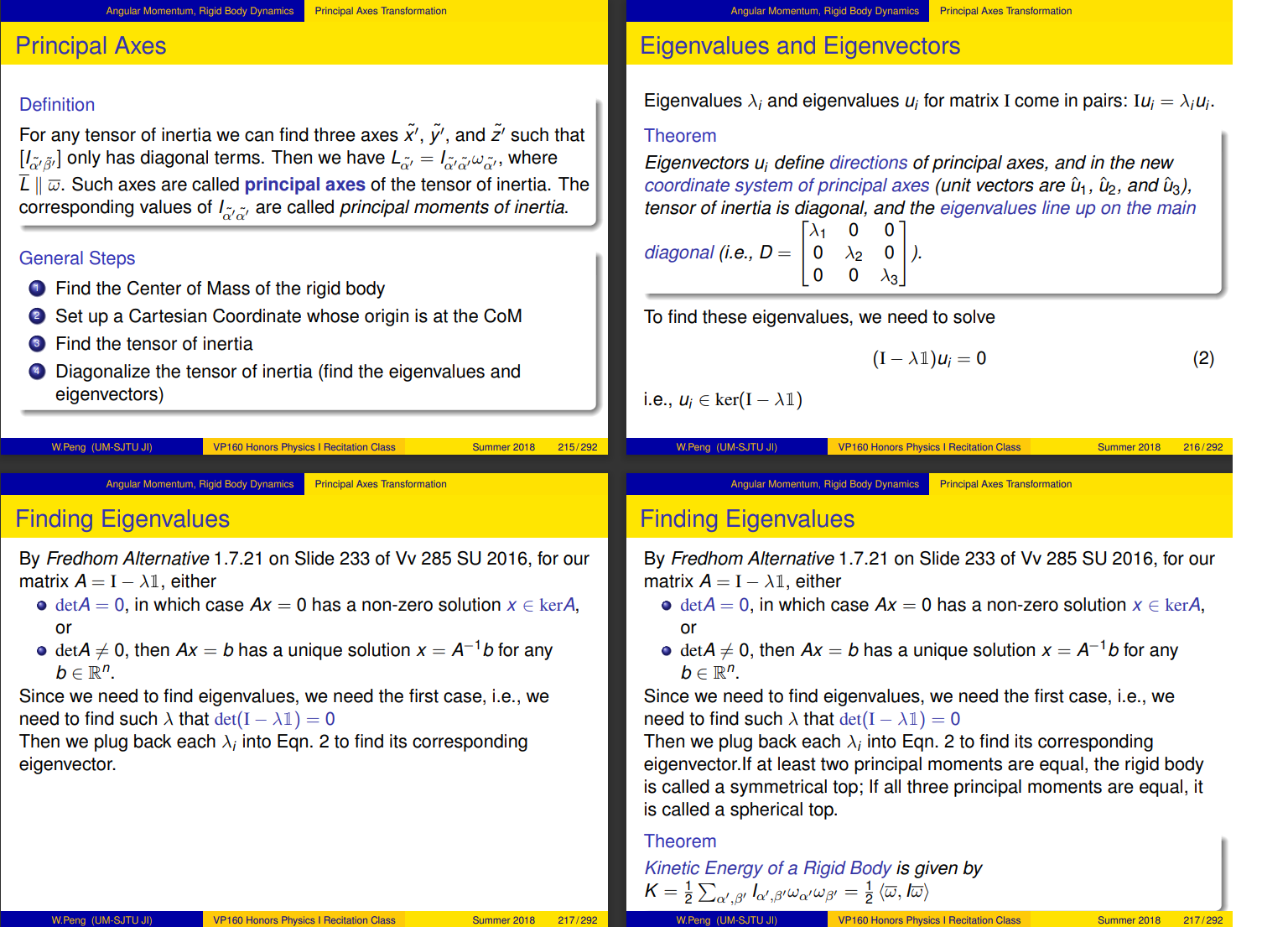
Wenhao Peng is currently pursuing his Electrical and Computer Engineering PhD degree and his Mechanical Engineering Master's degree at the University of Michigan. He completed the Master's degree in ECE at UM in 2019 and the (UM-SJTU) dual Bachelor's degree program (ECE and EE) in 2018. Wenhao is currently a PhD candidate in the RADLAB under the supervision of Dr. Mortazawi. His current research interests include designing and modeling acoustic wave resonators driven by thin-film piezoelectric and ferroelectric materials for use in passive radio filters, and developing fabrication technologies for MEMS devices. Links to Wenhao on MCommunity, LinkedIn, IEEE, ORCID, and Google Scholar.

College Education
Electrical and Computer Engineering PhD: Microwave Acoustics, 4.00/4.00
The University of Michigan, Ann Arbor, MI, September 2019 to April 2025.
Microwave Acoustics, Thin Film Ferroelectric Devices, Multiphysics Modeling. Aluminum Nitride, Scandium Aluminum Nitride, Barium Strontium Titanate, Bulk Acoustic Wave Resonators. Cleanroom device fabrication and mm-wave frequency network analyzer measurements. Theory and finite element simulations.
Mechanical Engineering MSE: Dynamics and Vibrations, 4.00/4.00
The University of Michigan, Ann Arbor, MI, September 2019 to January 2025.
Master of Science, Electrical and Computer Engineering/Integrated Circuits and VLSI, 4.00/4.00
The University of Michigan, Ann Arbor, MI, December 2019.
Bachelor of Science in Engineering, Electrical Engineering, Summa Cum Laude, 4.00/4.00
The University of Michigan, Ann Arbor, MI, April 2018.
Bachelor of Science, Electrical and Computer Engineering, 3.80/4.00
Shanghai Jiao Tong University, Shanghai, China, August 2018.

Works
W. Peng, S. Nam, D. Wang, Z. Mi and A. Mortazawi, "A 56 GHz Trilayer AlN/ScAlN/AlN Periodically Poled FBAR," accepted for presentation at 2024 IEEE MTT-S International Microwave Symposium (IMS), June 2024.
D. Wang, P. Wang, S. Mondal, J. Liu, M. Hu, M. He, S. Nam, W. Peng, S. Yang, D. Wang, Y. Xiao, Y. Wu, A. Mortazawi, and Z. Mi, "Controlled ferroelectric switching in ultrawide bandgap AlN/ScAlN multilayers," Applied Physics Letters, vol. 123, no. 10, p. 103506, 09 2023. [Online]. Available: https://doi.org/10.1063/5.0160163
S. Nam, W. Peng, P. Wang, D. Wang, Z. Mi and A. Mortazawi, "A mm-Wave Trilayer AlN/ScAlN/AlN Higher Order Mode FBAR," in IEEE Microwave and Wireless Technology Letters, vol. 33, no. 6, pp. 803-806, June 2023, doi: 10.1109/LMWT.2023.3271865.
W. Peng, M. Z. Koohi, S. Nam and A. Mortazawi, "Phenomenological Circuit Modeling of Ferroelectric-Driven Bulk Acoustic Wave Resonators," in IEEE Transactions on Microwave Theory and Techniques, vol. 70, no. 1, pp. 919-925, Jan. 2022, doi: 10.1109/TMTT.2021.3130609.
W. Peng, M. Z. Koohi, S. Nam and A. Mortazawi, "Physics Based Modeling of Electrostriction Based BAW Resonators," 2021 IEEE MTT-S International Microwave Symposium (IMS), 2021, pp. 214-217, doi: 10.1109/IMS19712.2021.9574949.
S. Nam, M. Z. Koohi, W. Peng and A. Mortazawi, "A Switchless Quad Band Filter Bank Based on Ferroelectric BST FBARs," in IEEE Microwave and Wireless Components Letters, vol. 31, no. 6, pp. 662-665, June 2021, doi: 10.1109/LMWC.2021.3069880.
M. Z. Koohi, W. Peng and A. Mortazawi, "An Intrinsically Switchable Balanced Ferroelectric FBAR Filter at 2 GHz," 2020 IEEE/MTT-S International Microwave Symposium (IMS), 2020, pp. 131-134, doi: 10.1109/IMS30576.2020.9223799.
Y. Dai, W. Peng, Y. Wang, L.-X. Chuo, K. Suri, H. Zheng, D. Wentzloff, and H.-S. Kim, "Implementation and Evaluation of Bi-Directional WiFi Back-channel Communication," 2018 IEEE 29th Annual International Symposium on Personal, Indoor and Mobile Radio Communications (PIMRC), 2018, pp. 1-7, doi: 10.1109/PIMRC.2018.8580736.
Teaching Assistance
The University of Michigan
EECS 411: Microwave Circuits I Lead lab sessions. FA2019, FA2020, FA2021. Introduction to the Microwave instruments and CAD tools. Coupler, amplifier, and filter measurements. Also give office hours to answer questions regarding pre/post-labs, the major design experience project, and homework, which cover transmission lines, impedance matching, S-Parameters, high gain and low noise amplifier designs, noise and nonlinearity, LC ladder-type filters, a few mixer designs, and Microwave resonators.
EECS 312: Digital Integrated Circuits Lead discussion sessions and help with the CAD tools. WN2021, FA2022,WN2024. Starting with the device physics of MOSFET, a circuit representation of NMOS and PMOS is introduced. Implementation of static and dynamic logic gates using MOSFETs, and delay and energy considerations are taught. Digital circuits at a higher level, such as the adder, elements for sequential logic, timing constraints, and several memory elements are then introduced.
EECS 215: Introduction to Electronic Circuits WN2022, WN2023, FA2023, SP2024. Although the circuits themselves were basic, the skills and knowledge he acquired during his education in electrical engineering helped a lot when assisting students experiencing issues with the labs.
Shanghai Jiao Tong University
VP 160: Honors Physics I Give recitation classes using a deck of slides he composed in LaTeX with emphasis on problem solving skills. SU2016, SU2018. Kinematics, inertial frames of reference, Newtonian mechanics, oscillations with linear drag, non-inertial frames of reference, work and energy, elements of Lagrangian mechanics, collision and momentum, angular momentum, rigid body dynamics, equilibrium and elasticity, fluid mechanics, and gravitation.
VC 211: Chemistry Lab Lead lab sessions. SP2016. Acid-base titration, buffer solutions, spectrophotometric analysis, reaction rate, and precipitation.
VC 210: Chemistry Give recitation classes with emphasis on key concepts from the textbook. FA2015. Structures of atoms and compounds, stoichiometry, thermochemistry, electron configurations of atoms, chemical equilibrium, chemical bonding, reaction rates, chemical thermodynamics, and electrochemistry.


